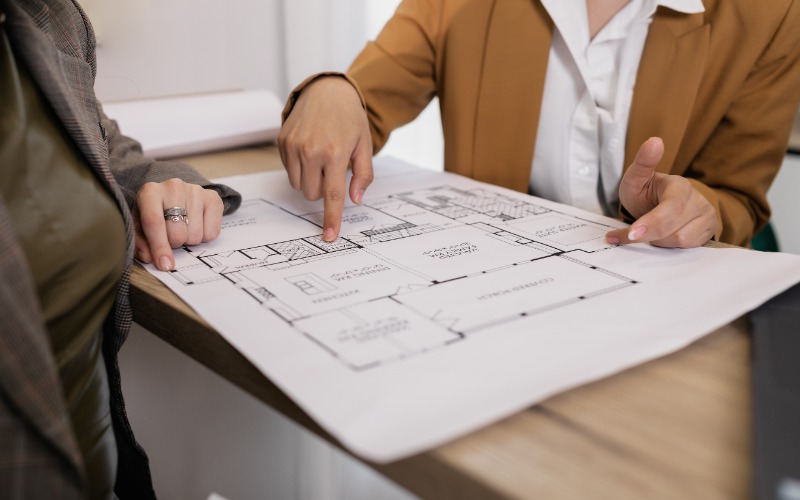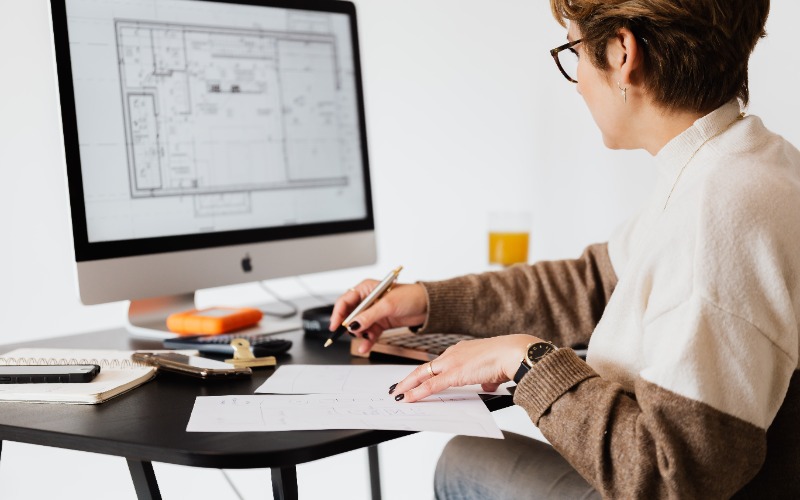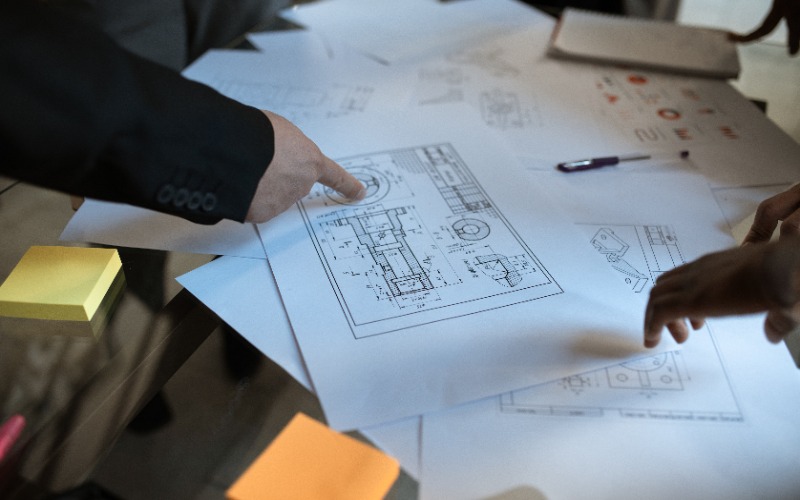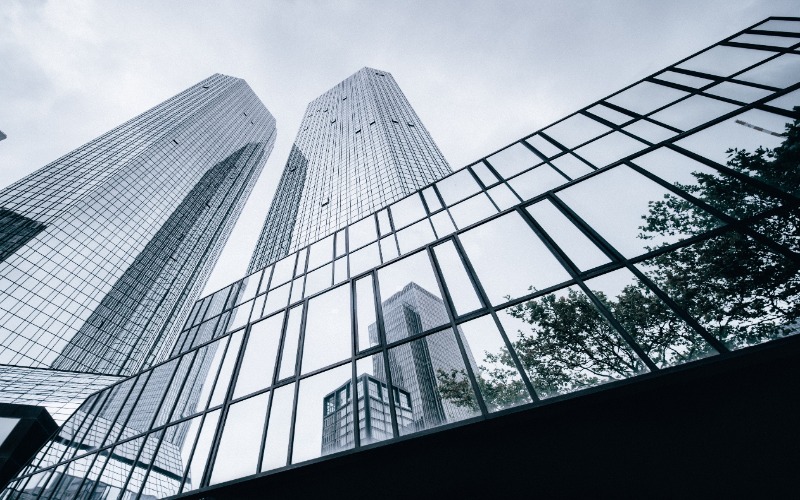Artificial intelligence (AI) is one of, if not the most, disruptive technologies of our time. It’s everywhere, from your phone’s built-in assistant to the algorithms powering shopping recommendations, and its potential for businesses is even bigger than consumer tools like ChatGPT.
The architecture and design industry can gain a lot from AI. The people designing the homes and offices of tomorrow are already harnessing AI to do their jobs faster and more effectively. Here are five ways how.
1. Streamlining Early Concept Phases
Building designs often start with a concept sketch. Generative AI tools like Midjourney and Adobe Firefly can help here by producing detailed images from text inputs in a matter of seconds, saving a lot of time.
Coming up with original designs or meeting a specific client’s vision can be difficult and take several drafts. Generative AI removes much of that headache. Designers can simply enter a simple prompt about the kind of structures, rooms, and any other specific considerations they have for a project, and AI can produce several concepts in minimal time.
These illustrations aren’t actionable, detailed blueprints, but they give architects a starting point. Using AI this way can kickstart creativity so designers can begin the real work faster.
2. Correcting Design Problems

AI can also help out during the detailed design phase. Many architects today use building information modeling (BIM), a type of software that lets them create in-depth, interactive 3D models. Modern BIM tools often come with AI features called clash detection, which automatically highlight potential problems in the design.
Say an architect adjusted one of these 3D blueprints to move a wall or pillar in the building. If that change would jeopardize the structural integrity of the building, block utility pipes, or cause other problems, clash detection would flag it and alert the architect. They could then change the design before it created larger, more expensive issues in the construction phase.
On top of saving architects time, these AI features reduce the risk of budget overruns for construction companies. Fewer design problems mean less time and resources spent correcting issues down the road, which saves a lot of money.
3. Creating More Sustainable Buildings
Architects today also use AI in design to make their projects more eco-friendly. AI can analyze BIM designs to estimate how much carbon emissions the building will produce and even suggest ways to lower that number.
In some cases, intelligent models will suggest alternative materials that provide similar strength benefits with a lower carbon footprint. Construction projects have reduced their emissions by 75% by using AI that way. In other cases, AI could highlight how a design change could make the building more energy-efficient, lowering its lifetime emissions.
Using AI to streamline any part of the design and construction process has environmental benefits. The less time teams spend on a project, the less energy and materials they exert on it, so even non-environmental AI improvements can have a positive environmental impact.
4. Generating Basic Designs
AI today can even go as far as to create functional building designs and blueprints. The technology may be too new for architects to trust it to design entire buildings, but these features can streamline the repetitive parts of the process.

Several BIM providers and other architectural software companies now offer generative AI tools. With these, designers can enter project specs — like a room’s dimensions and general design ideas — and the AI will create a 3D model or blueprint that fits the bill. Even if that only automates simple things like generating possible layouts for small rooms, it saves architects a lot of time.
By generating basic designs with AI, architects only need to manually handle the fine details and make minor adjustments. Over the course of several projects across an entire year, that efficiency can result in significant time and labor cost savings.
5. Automating Regulatory Compliance
Modern architects are also using AI to handle the less glamorous side of building design. Buildings have to meet a slew of legal standards, which can be easy to miss and time-consuming to manage. AI can help by automating the paperwork-filing process and alerting designers when there’s a potential issue.
Some AI tools review building models and alert relevant workers if the project is at risk of zoning violations or other regulatory issues. Others file the appropriate paperwork as soon as architects have the right data and design considerations in hand, and some automatically generate designs based on local regulations.
Whatever the specifics, these AI tools save considerable time and money. Information issues and finance delays can account for significant construction delays, so getting regulatory paperwork out of the way earlier and with fewer errors makes a big difference.
AI Is Becoming a Central Part of Architecture and Design

As more firms recognize these ways they can benefit from AI, more architects will adopt them. The longer that trend goes on, the more AI will change the industry as a whole.
Before long, these AI-driven workflows will become standard practice among architects. Anyone involved in the industry should pay close attention to that shift to ensure they don’t fall behind.









